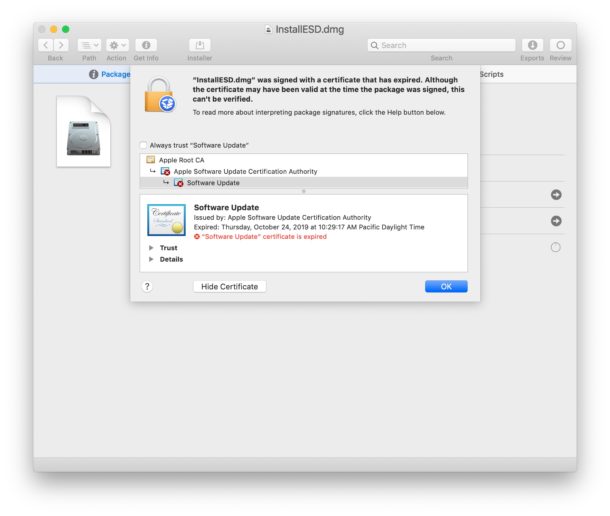

- #Boot into local recovery mac os sierra how to#
- #Boot into local recovery mac os sierra for mac#
- #Boot into local recovery mac os sierra install#
- #Boot into local recovery mac os sierra software#
Follow a backup strategy for disaster management, thereby safeguarding the crucial data in any event of data loss.Set up a Time Machine backup drive on MBP, MBA, or any Mac and use it to back up the entire storage drive at least once and incrementally to keep it up to date.
#Boot into local recovery mac os sierra how to#
Go to the Disk Utility’s First-Aid section to know how to prevent hard drive failure. Run Disk Utility’s First aid on Macintosh HD in the event of Mac behaving oddly.status of the hard drive using Disk Utility, which would help take appropriate action when the drive is failing. To safeguard Mac hard drive and data, implement a few best practices such as: Mac hard drive failure can be prevented or mitigated. BEST PRACTICES FOR PREVENTING MAC HARD DRIVE FAILURE Must Read Repair Bad Sectors on Mac Hard Drive 3. Besides, physical failure follows when HDD’s vital component, like the head, platter, or spindle malfunctions, or SSD’s electronic component fails. For instance, when a hard drive acquires bad sectors or bad blocks, it won’t let macOS access the damaged area’s data. Physical: Physical failure occurs when the Mac hard drive is damaged physically, which is foreseeable due to usage, aging, water, fire, drop, etc.The data remains in the storage medium in an isolated state, ready to be overwritten by other files. Logical: A hard drive’s logical failure occurs when macOS could not access the data stored on the drive due to damage to the drive’s file system.The two broad categories of reasons for the failure of a hard drive are logical and physical. Mac hard drive, be it a hard disk drive (HDD), solid-state drive (SSD), or a fusion drive, fails or won’t load macOS due to various reasons. The essential topics are hyperlinked for smooth navigation. And are also applicable for the latest Mac with Apple Silicon (M1 Chip). Plus, the solution supports Intel-based systems such as iMac, iMac Pro, MBP, MBA, Mac mini, and Mac Pro. The applied solutions presented here are relevant to Mac running on macOS Big Sur, Catalina, Mojave, High Sierra, Sierra, or OS X El Capitan.
#Boot into local recovery mac os sierra for mac#
There is a need for Mac hard drive restoration through a timely made Time Machine backup or with methods applied in the absence of a backup.

All system files, folders (such as Document, Desktop, Download, etc.), photographs, videos, and other files stored on the Mac turn inaccessible out of the blue. One of the dreadful things that can occur on MacBook Pro, MacBook Air, or iMac is when the internal hard drive begins to fail or dies downright.

#Boot into local recovery mac os sierra software#
RETRIEVE MAC HARD DRIVE DATA WITH SOFTWARE | WIN-WIN SITUATIONĬREATE BOOTABLE RECOVERY DRIVE FOR DATA RECOVERY SOFTWARE THUMB RULE OF HARD DRIVE RECOVERY IMPORTANT ROLE OF MAC HARD DRIVE RECOVERY SOFTWARE REPAIR MAC HARD DRIVE BY USING FSCK IN SINGLE USER MODE REPAIR MAC HARD DRIVE BY USING FIRST AID IN DISK UTILITY S.N.īEST PRACTICES FOR PREVENTING MAC HARD DRIVE FAILURE The information covered in this guide applies to a modern chip-based storage drive such as an SSD, spinning component device like a hard-disk drive, and even an amalgamation of an HDD and SSD such as Fusion Drive®. I don't think APFS has been tested all that well and the tools that can potentially find issues with it, don't seem to work that well - since everything reported back as being fine, when in reality it wasn't.This guide shares in-depth knowledge on failed or failing Mac hard drive recovery, including the native macOS techniques, third-party software method to restore Mac hard drive, AppleCare or AppleCare+ support from Genius Bar, and hard disk recovery service. I'll be waiting for 10.13.2 or 10.13.3 before I even think about upgrading this machine again.
#Boot into local recovery mac os sierra install#
The genius bar ended up performing a fresh install of Sierra (10.12.6) on this machine and it's been fine ever since. When doing the upgrade, the recovery mode to install a fresh macOS is also updated, so there's no way to go back unless you have the media for an older OS or go to the genius bar - they can boot virtually any macOS version from across their network. In my case, I choose to use APFS (Encrypted). This leads me to believe there is something wrong with APFS, which is mandatory for SSD's (something we both have in common). Prohibitory symbol remained and would occasionally boot-up after going into recovery mode.

I took the machine to the genius bar and they confirmed the filesystem and hardware were performing normally. Not only did I have this problem after an upgrade, but about a week after doing a fresh install of High Sierra on this machine, the same thing happened again. I also had this problem - on a 2016 MBP with touchbar.


 0 kommentar(er)
0 kommentar(er)
